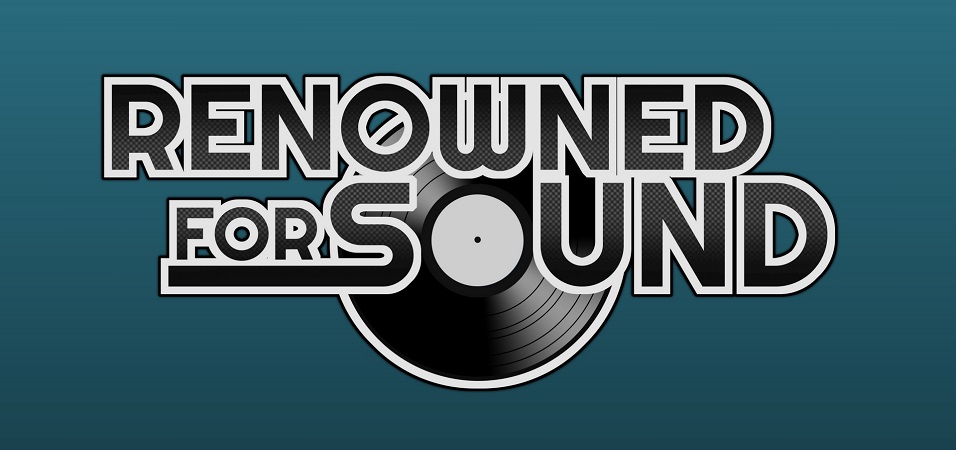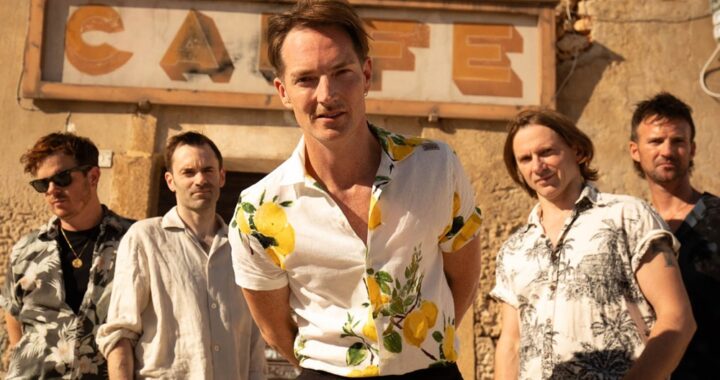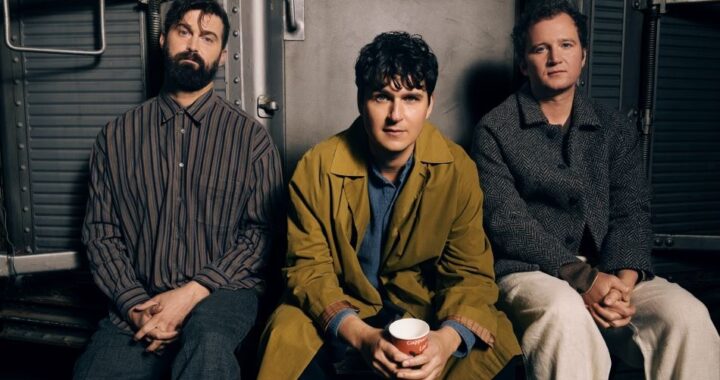Album Review: The Velvet Underground – Live at Max’s Kansas City
2 min read
One of the first ever “bootleg tapes”, Live at Max’s Kansas City is a fascinating artefact. As an album, the music itself has been regularly eclipsed by its backstory. The Velvet Underground played a gauntlet of shows, two per night, for nine weeks straight, at New York club Max’s Kansas City, and Brigid Berlin recorded one of them on a cassette recorder, and that show just so happened to be last show Lou Reed would play with the band for almost twenty years.
 Given the album’s conception, it makes sense that it barely resembles a traditional live album. It’s simply one mono recording taken in a crowded bar (although the songs are re-arranged on this release), so it lacks the professional sound quality of recordings taken properly at bigger concerts. The band sounds distant, as though they are on the other side of a room, and since it’s largely un-mixed, all the instruments have a habit of blurring together somewhat (the backing vocals are a big victim of this). The chatting and lively crowd are easily audible between and during recordings, and they even start clapping along in some songs. An author named Jim Carroll frequently speaks to Berlin between songs, ordering drinks and asking about drugs. None of this is necessarily bad though, as it lends the album a very real and unpretentious feel, and adds elements of place and personality that wouldn’t be found in a more traditional recording.
Given the album’s conception, it makes sense that it barely resembles a traditional live album. It’s simply one mono recording taken in a crowded bar (although the songs are re-arranged on this release), so it lacks the professional sound quality of recordings taken properly at bigger concerts. The band sounds distant, as though they are on the other side of a room, and since it’s largely un-mixed, all the instruments have a habit of blurring together somewhat (the backing vocals are a big victim of this). The chatting and lively crowd are easily audible between and during recordings, and they even start clapping along in some songs. An author named Jim Carroll frequently speaks to Berlin between songs, ordering drinks and asking about drugs. None of this is necessarily bad though, as it lends the album a very real and unpretentious feel, and adds elements of place and personality that wouldn’t be found in a more traditional recording.
The album feels like an intersection of two narratives, Berlin’s and Reed’s. As Reed was growing disillusioned with The Velvet Underground, Berlin was becoming more important to Andy Warhol’s work. Reed’s voice sounds weary and ragged, and the exhaustion that drove him to leave the band after this show is palpable. The band’s drummer Maureen Tucker was also absent, due to her pregnancy, and Billy Yule is the substitute. He plays with a noticeably looser and less refined style than Tucker, which also dramatically changes the band’s dynamic. Whilst the show is much less technically refined than the band’s records, it has a last-ditch energy that makes it an engaging listen. Knowing it’s the lineup’s last show also injects an element of melancholy into the proceedings, as one is listening to the end of an era. The aged and ending band stands in contrast to the audience and the Berlin/Carroll duo, who feel alive and full of youthful enthusiasm. The dichotomy is where the power of this record lies, and it’s a great example of just what a live album can be.



